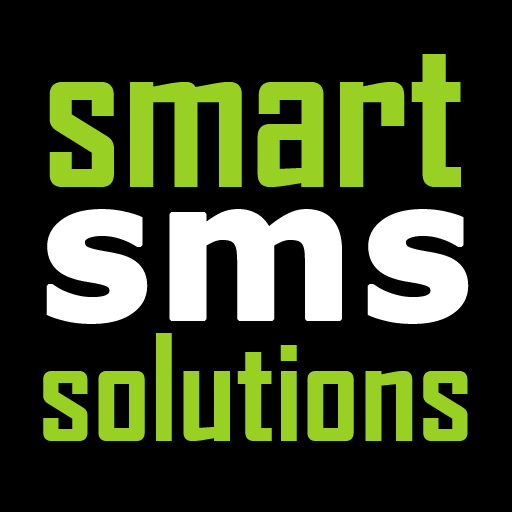We, #BRIDE_NAME# and #GROOM_NAME#, request the honor of your presence at our wedding on #DATE# at #VENUE by #TIME#.
Reception at #VENUE#
TRADITIONAL
#DATE# at #VENUE# by #TIME#
#RSVP#
- Wedding Invitation SMS
- Hits: 1221
We, #BRIDE_NAME# and #GROOM_NAME#, request the honor of your presence at our wedding on #DATE# at #VENUE by #TIME#.
- Wedding Invitation SMS
- Hits: 1221


